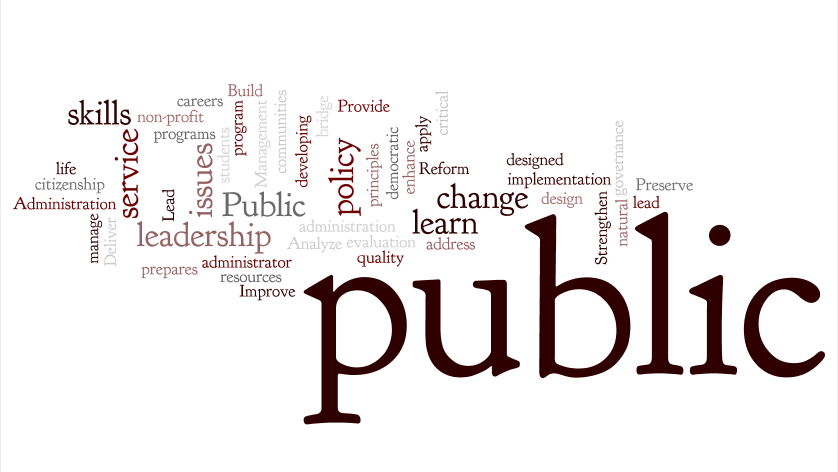Despite their different roles, politics, administration and society
are intertwined concepts as they all participate in the implementation of
policy and the exercise of political power and accountability within society with
the help of civil society and public administration.
There is a complex triangular relationship between politics,
administration and society. Politics and administration are both critical
components of democratic governance as well as elements of the process of
policy formulation and implementation. However, they do not both relate to
society in the same way (Peters & Pierre, 2012). Society, along with its
varying components from citizens and organizations to private businesses,
interacts with politics and administration for the better implementation of
laws that seek to realize the common good and interests of the people.
The civil society and public administration often cooperate with
each other to deliver better public services to other citizens; such is the
case in continental Europe. The civil society is the sum of non-governmental
institutes and organizations which manifest the will and interests of the
citizens. It has a significant impact on the mobilization of resources and the
democratic path. It provides the government with different sources of ideas, legitimization
and feedback (Peters & Pierre, 2000). It also participates in the
stimulation of the different members of society and helps them have a hand in
determining their futures, lives and fate.
The public administration has an ever-changing role (Bouckaert
& Pollitt, 2003). The level of centralization of the bureaucracy and the
government policy making now vary from one country to another. However, all in
all, following the introduction of the concept of decentralization, less power
is granted in the center in comparison to the past. Another concept that is
being introduced and developed is that of leadership expertise and how
essential it is to provide better services to the public in order to attain the
economic self-sufficiency it needs for more independence in their future
operations.
The less centralized and less hierarchical system of the public
administration has helped in the development of the latter especially after the
participation of the civil society in influencing the government during the
policy implementation.
References:
Bouckaert, G. & Pollitt, C. (2003). Public
Management Reform: A Comparative Analysis. Oxford: Oxford University
Press.
Peters, B.G. & Pierre, J. (2000).
‘Citizens Versus the New Public Manager: The Problem of Mutual Empowerment’, Administration
and Society, pp. 9–28.
Peters, B.G. & Pierre, J. (2012). Introduction :
The Role of Public Administration in
Governing. The Sage Book of Public Administration.

No comments:
Post a Comment